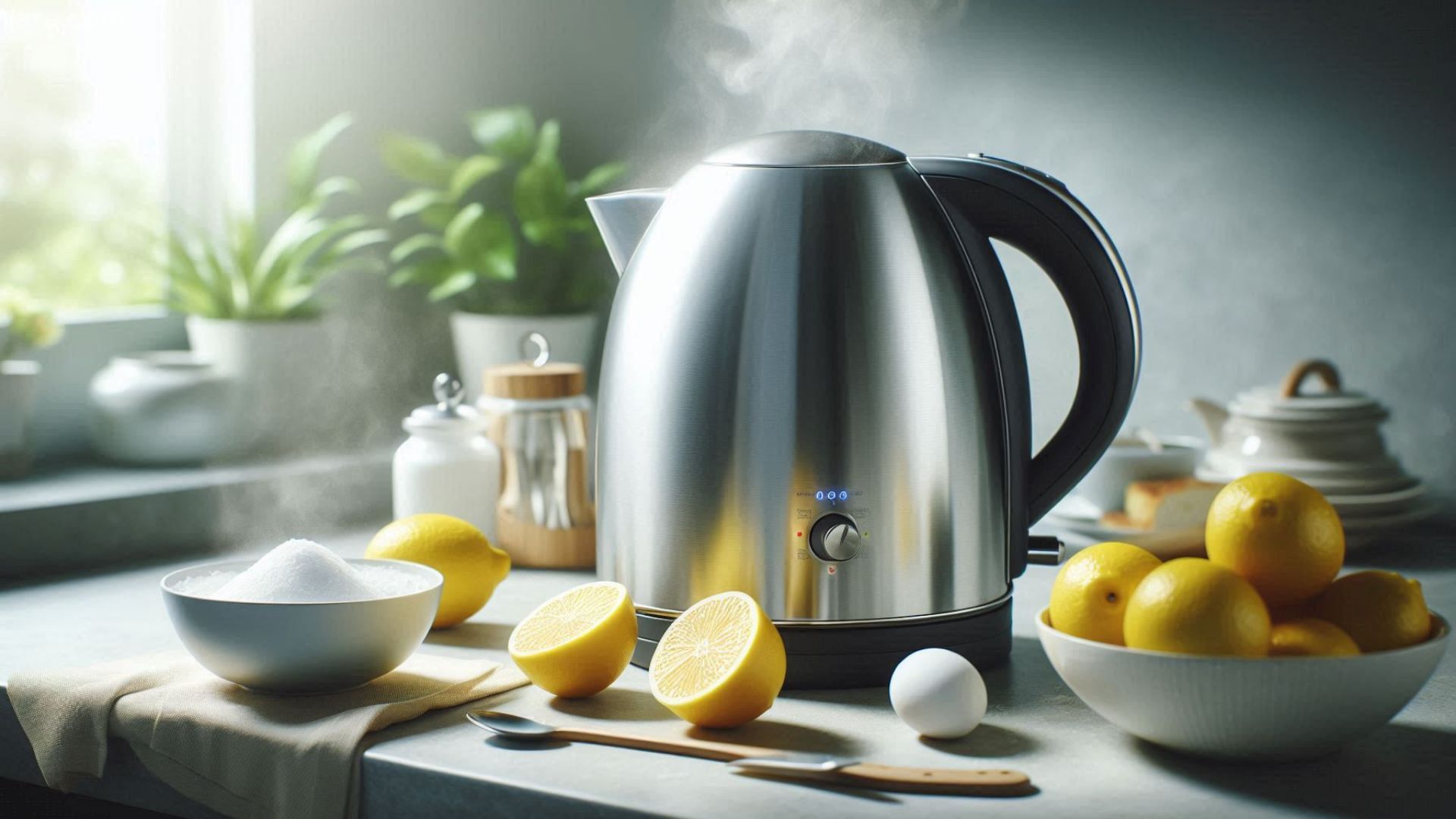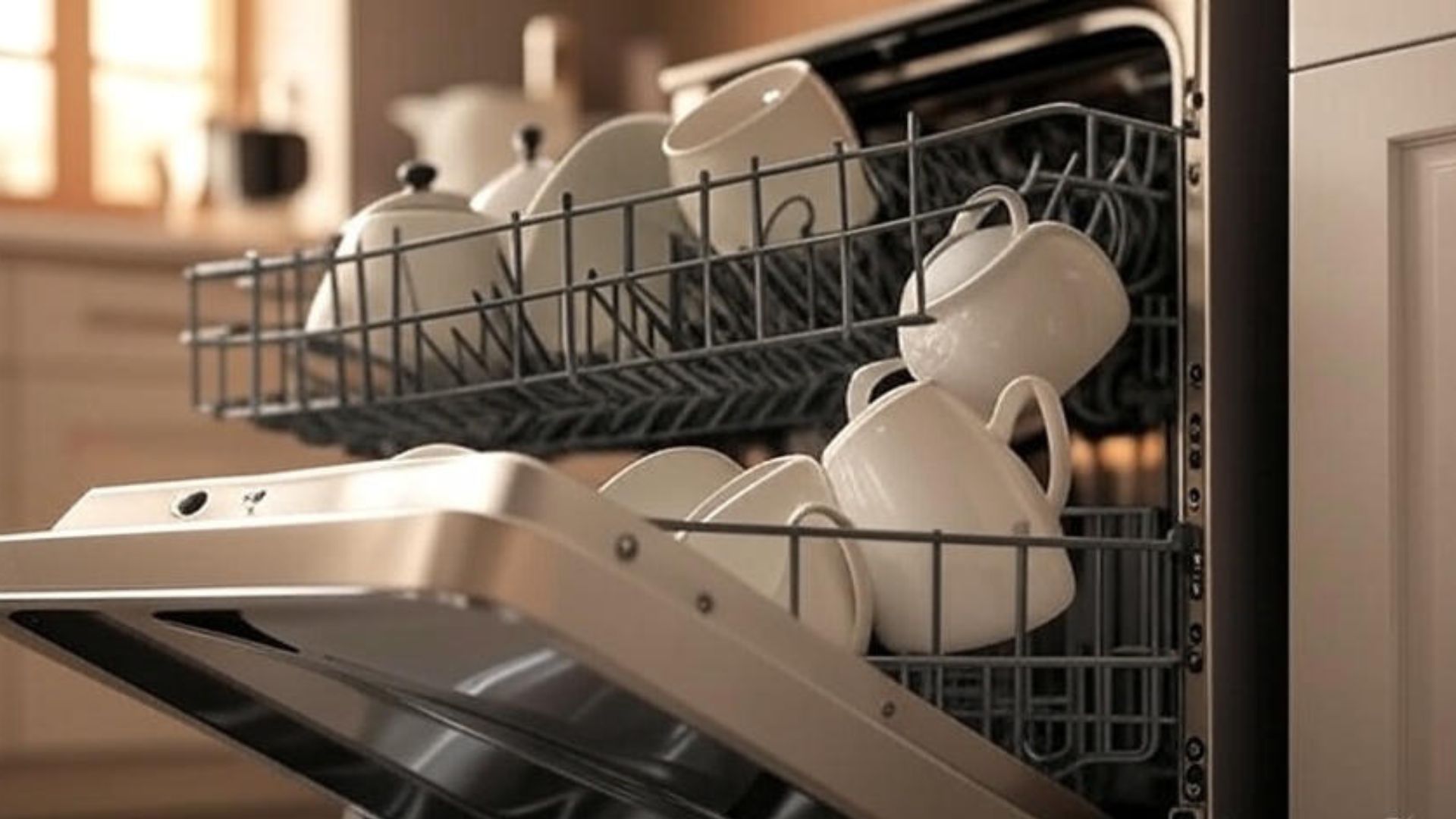If you love brewing loose-leaf tea, you already know that your tea infuser or strainer is one of the most important tools in your kitchen. But here’s the question many tea drinkers overlook: how often should you clean your tea infuser?
The answer is simple — after every use. A quick rinse right after brewing keeps your tea tasting fresh, prevents unpleasant odors, and extends the life of your strainer. On top of that, a weekly deep clean will keep stains and buildup from ruining your favorite blends.
In this guide, we’ll walk through everything you need to know:
- Different types of tea strainers and how they affect cleaning
- Step-by-step cleaning methods
- Natural ways to remove stains and odors
- Pro tips for long-lasting tea accessories
- FAQs every tea lover should know
By the end, you’ll have a foolproof routine to keep your tea infuser spotless — and your tea tasting better than ever.
Why Cleaning Your Tea Infuser Matters
Think about it: when you steep tea, the oils from leaves, herbs, and flowers seep into the water. Those oils, along with tannins and fine leaf particles, can cling to your tea strainer. If not cleaned properly, you’ll notice:

- A bitter aftertaste in your tea
- Lingering odors from past brews (imagine chamomile after peppermint!)
- Dark stains that are hard to remove later
- The risk of mold or bacteria growth in moist, forgotten infusers
As tea expert Jane Pettigrew (author of A Social History of Tea) explains:
“Tea is as much about ritual as it is about flavor. Clean tools not only preserve taste but respect the tradition of tea itself.”
Understanding the Different Types of Tea Strainers
Not all infusers are created equal. The way you clean yours will depend on its material and design. Let’s look at the most common types:
1. Mesh Infusers
- What they are: Small baskets or balls made of fine stainless steel mesh.
- Best for: Everyday loose-leaf tea.
- Cleaning tip: Rinse immediately after use — dried leaves can stick tightly to the mesh.
2. Ball Strainers (Tea Balls or Tea Eggs)
- What they are: Round metal balls with tiny holes and a clasp.
- Best for: Single servings.
- Cleaning tip: Use a soft brush to get into the clasp and hinges where tea residue hides.
3. Tea Filters
- What they are: Disposable or reusable tea bags made from paper, fabric, or mesh.
- Best for: Quick cleanup and travel.
- Cleaning tip: Disposable ones can be tossed; reusable cloth filters need thorough washing and drying to prevent mold.
4. Teapot Strainers
- What they are: Larger strainers that fit inside or over a teapot.
- Best for: Brewing multiple cups.
- Cleaning tip: Soak in warm soapy water to release heavy buildup.
5. Specialty Strainers (Bamboo, Glass, Ceramic)
Cleaning tip: Avoid harsh soaps — rinse with warm water and occasionally use a natural cleanser like lemon juice.
What they are: Traditional tools used in cultural tea rituals (e.g., Japanese or Chinese tea ceremonies).
Best for: Tea connoisseurs and ceremonial tea.

Extra Fine 18/8 Stainless Steel
Readers learning how to clean tea infusers may be inspired to upgrade to a high-quality, easy-to-clean version.
Also Read: Tea in the UK: The Role of the Teapot in Afternoon Tea
What You’ll Need to Clean Your Tea Infuser
Before you start, gather these simple supplies:
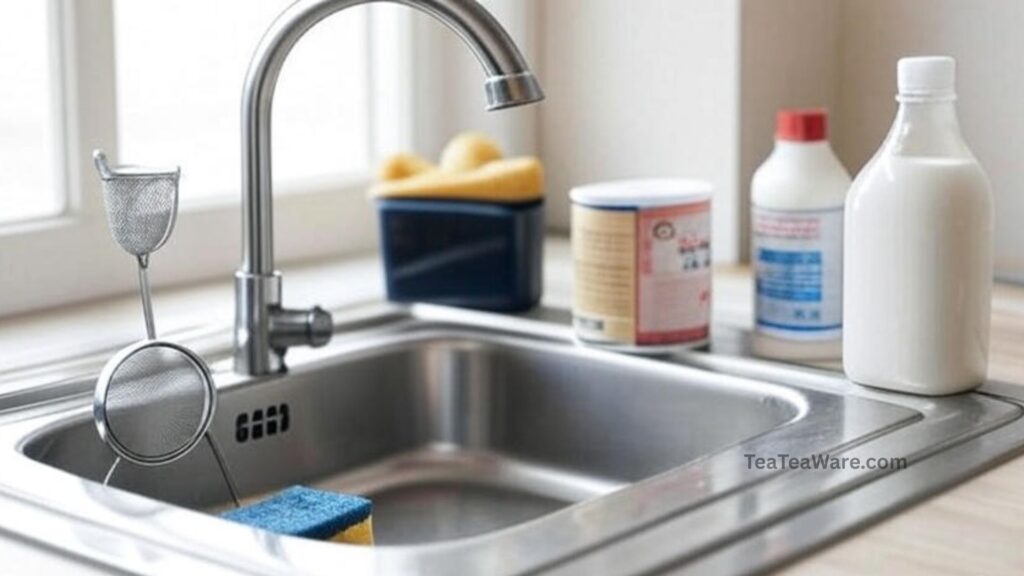
- Warm water – softens tea residue.
- Mild dish soap – gentle yet effective.
- Soft brush or toothbrush – perfect for mesh and tight corners.
- White vinegar or baking soda – natural stain removers.
- Lemon juice or citric acid – fights odors.
- Microfiber cloth – dries without scratches.
👉 For convenience, you can even buy brush kits designed specifically for cleaning mesh tea infusers on Amazon.
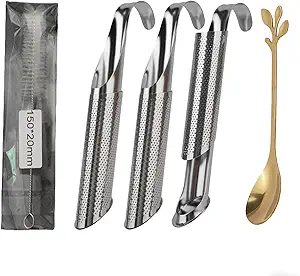
3PCS Stainless Steel Tea Infuser Set
Recommend a brush set specifically designed to clean mesh tea strainers and hard-to-reach corners.
Also Read: How to Build a Wellness Tea Routine
Step-by-Step: How to Clean Your Tea Infuser
Follow this simple process to keep your tea infuser spotless:
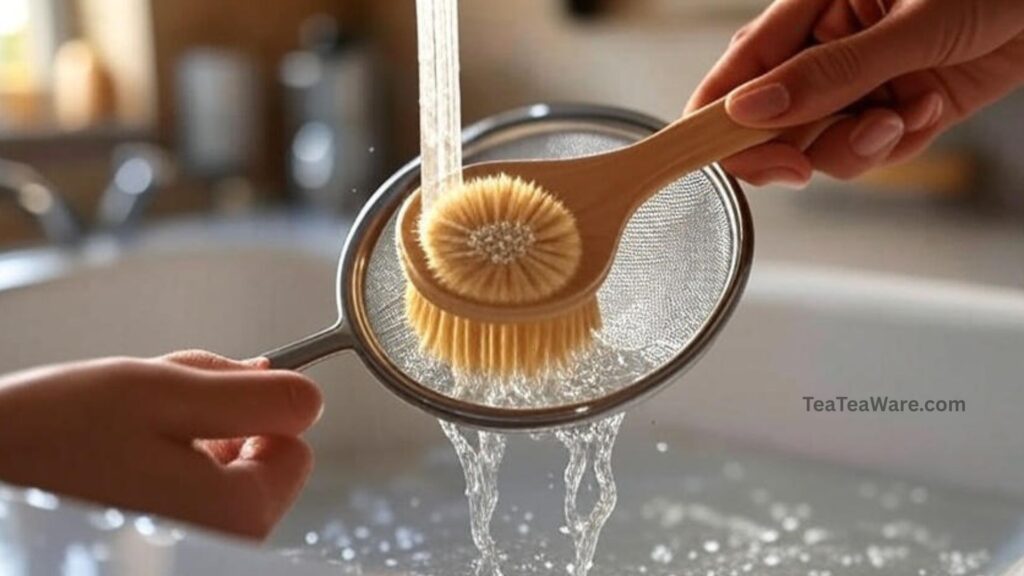
Step 1: Take It Apart
If your infuser has multiple parts, disassemble them carefully so every nook and cranny gets cleaned.
Step 2: Rinse with Warm Water
Run the infuser under warm water right after use. Shake lightly to dislodge tea leaves.
Step 3: Soak in Soapy Water
Fill a bowl with warm water and a drop of dish soap. Let the infuser soak for 5–10 minutes to loosen buildup.
Step 4: Scrub Gently
Use a soft brush in small circles. For mesh strainers, brushing inside and outside helps remove trapped leaves.
Step 5: Tackle Stains
- For tough stains, mix baking soda + vinegar into a paste.
- Apply it, wait 10 minutes, then scrub.
- Alternatively, soak the strainer in a vinegar-water mix (1:3 ratio).
Step 6: Rinse and Dry
Rinse thoroughly with warm water to remove soap or vinegar residue. Dry with a microfiber cloth to prevent rust or water spots.
Step 7: Reassemble and Store
Put everything back together and store in a dry place away from moisture.
Pro Tips for Keeping Your Tea Strainer in Great Shape
- ✅ Clean after every use – even a quick rinse prevents buildup.
- ✅ Deep clean weekly – especially if you brew darker teas like black or oolong.
- ✅ Avoid harsh cleaners – bleach and strong chemicals can damage materials.
- ✅ Dry completely – moisture leads to rust and mold.
- ✅ Inspect for damage – replace strainers with holes, rust, or broken mesh.
- ✅ Handle gently – don’t bend or crush fine mesh.
💡 Pro tip: Rotate between two or three infusers so you always have a clean one ready.
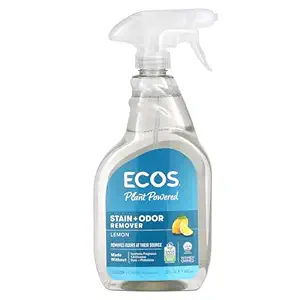
Earth Friendly Products Stain
Safe, non-toxic options to clean infusers without harsh chemicals.
Also Read: Modern vs Traditional Teaware in Western Cultures
How Often Should You Clean a Tea Infuser?
- Quick rinse → after every single use.
- Deep clean → once a week, or more often if you notice stains.
- Replacement → every 6–12 months for frequently used mesh infusers.
Real-World Example
Sarah, a tea blogger from London, shared how neglecting her tea ball for weeks left it with a stubborn black film that ruined the flavor of her green tea. After switching to a quick daily rinse and weekly vinegar soak, she said:
“My jasmine tea tastes like it’s supposed to again — clean, floral, and refreshing. I’ll never skip cleaning again.”
Conclusion: A Clean Infuser = Better Tea
Keeping your tea infuser clean isn’t just about hygiene — it’s about taste, tradition, and the joy of tea. With a simple routine of rinsing after every brew and deep cleaning weekly, you’ll extend the life of your strainer and savor every sip.
👉 Ready to upgrade your tea experience? Consider investing in a high-quality 18/8 stainless steel infuser for durability and easy cleaning.
FAQs: Cleaning a Tea Infuser
Q1. Can I put my tea infuser in the dishwasher?
Yes, most stainless steel and silicone infusers are dishwasher-safe. But always check the manufacturer’s instructions.
Q2. How do I remove rust from a tea strainer?
Use a paste of baking soda and lemon juice. If rust persists, it’s safer to replace it.
Q3. Can I use vinegar every time I clean my tea infuser?
Yes, but limit to weekly use. Daily vinegar soaking may damage delicate materials like bamboo or ceramic.
Q4. What happens if I don’t clean my tea infuser?
You risk bitter tea, trapped odors, and mold growth that could be harmful to your health.
Q5. Do reusable tea bags need special cleaning?
Yes, wash them thoroughly with warm soapy water and let them dry completely before reuse.



